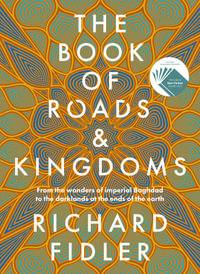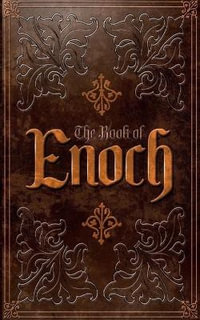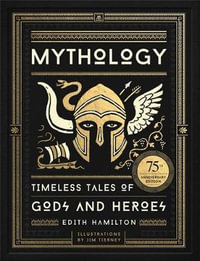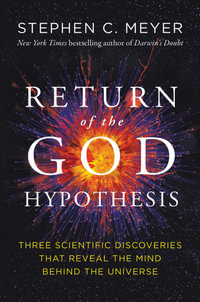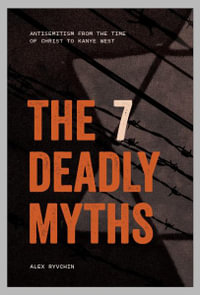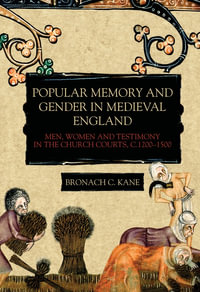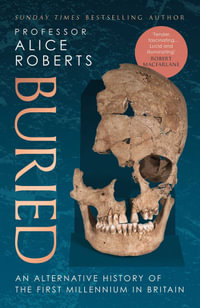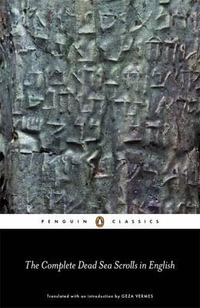This work is a guide to the life, thought and activities of Nicholas of Cusa (1401-1464), the great fifteenth-century philosopher, theologian, jurist, author of mystical and ecclesiastical treatises, cardinal and reformer. It is intended not only for advanced scholars, but also for beginners and those simply curious about a man who has been called 'one of the greatest Germans of the fifteenth century' and a 'medieval thinker for the modern age'. The book provides a series of detailed but readable essays on ideas, persons, and places, a work developed over the course of nearly three decades. First, it contains articles on the important events and concepts that affected Cusanus--philosophical, religious, intellectual and political. Then it turns to his precursors and contemporaries, both friendly and critical. These include philosophers, theologians, politicians, and canon lawyers. And third, the book follows the footsteps of the man from Kues and examines various sites where he lived, studied, or visited. Because the author has also visited many of these sites, he can contribute personal observations to enliven the journey. To add to the book's usefulness as a resource and reference tool, each entry is followed by a bibliography containing both recent and older works. The purpose of the volume is to gain a greater appreciation of Cusanus and his legacy by striving for a total view of his thought and experience instead of narrowly focusing on specific philosophical, theological or intellectual ideas, or certain periods of his activities in isolation from other facets of this compelling figure.
Industry Reviews
'... comprehensive reference work... provides a substantial list of research articles... Recommended.' Choice 'This volume is a fitting legacy of the career of Morimichi Watanabe, who served for many years as the president of the American Cusanus Society; editor of its newsletter; and unofficial ambassador of Cusan studies in the United States, Europe, and Japan... This collection implicitly bears testimony to the development and diversity of Cusanus studies in recent decades as well as to Watanabe's own role in that diffusion. Here and there,Watanabe made suggestions for further research, so it is possible that mentors might benefit from handing this volume to their best students. Because Watanabe walked in Cusanus's footsteps, so can we.' Catholic Historical Review

